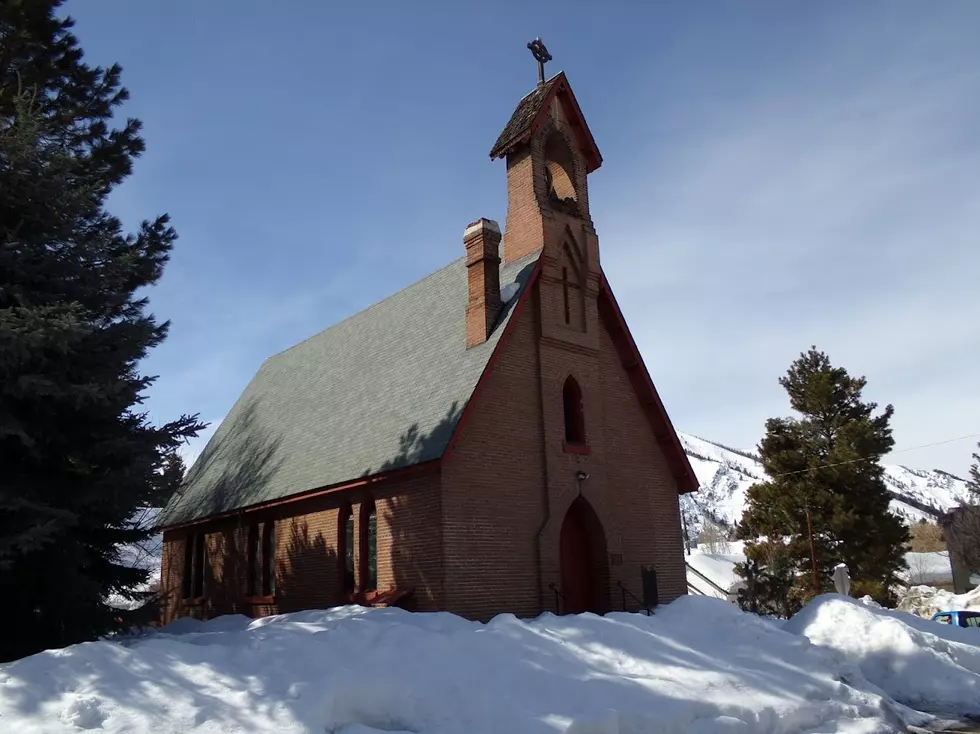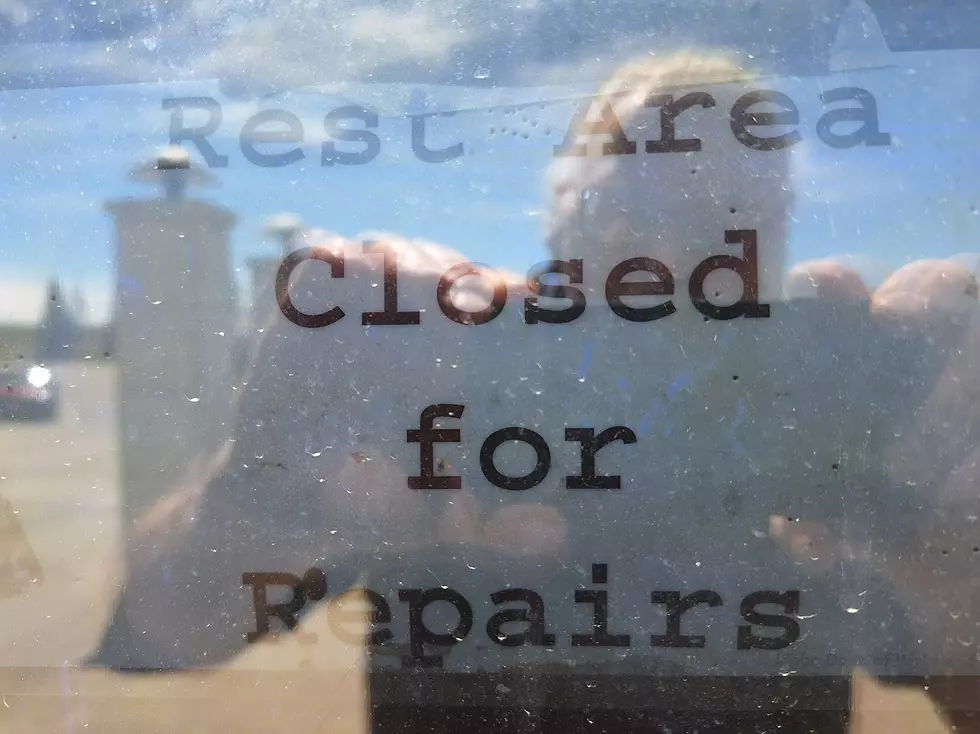
Report: Idaho could save money by building state prison
BOISE, Idaho (AP) — Idaho’s prisons are overcrowded and dilapidated, the inmate population is rapidly growing and taxpayers could save millions by building a prison, state auditors told a panel of lawmakers on Tuesday.
The findings came from the Office of Performance Evaluations’ report on managing the state’s correctional capacity, which took a close look at staffing levels, inmate populations, the condition of the actual prison buildings themselves and how those factors will likely affect Idaho in years to come.
“Idaho is at a critical juncture in planning how it will house inmates,” an office evaluator, Lance McCleve, told members of the Joint Legislative Oversight Committee. “Just since 2016, we’ve seen about an 18 percent increase of inmates incarcerated in prisons.”

That dramatically outpaces the state’s population growth, McCleve said, which grew by about 6 percent during the same period. Idaho now has about 9,458 inmates, he said, and that number could reach 10,300 by next year.
It’s not clear why the number of inmates has increased so quickly, McCleve said. Idaho has long been known as a state with relatively low crime rates and relatively high incarceration rates. But the report found that much of the population growth is from former prisoners who are having their parole revoked.
That’s surprising because while the number of actual parole violations hasn’t changed, the number of parole revocations is climbing rapidly, McCleve said.
“It does not look like a behavior change. It looks like a decision-making change,” he said.
Still, the report was focused on correctional capacity, not the Idaho Department of Probation and Parole, so he said he didn’t know exactly what factors are contributing to the change.
“I really, really wanted to come before you guys today and give you that smoking gun. Unfortunately, nobody knows exactly why that is,” he said.
Rep. Caroline Nilsson Troy, a Republican from Genesee, suggested the committee might next want to ask the Office of Performance Evaluations to take a close look at parole to see if they can determine what is driving the increase in parole revocations.
Currently, the state only has 6,974 prison bunks — some of them crammed into cells that used to hold four people but now hold six — so many inmates are shipped to private prisons outside the state or housed in county jails. That in turn puts pressure on local governments that are already struggling to find enough room for their own short-term prisoners.
Building an Idaho Department of Correction prison in Idaho would cost roughly $78 dollars per inmate, per day, according to the report. That’s a savings of $4 per inmate compared with sending them to out-of-state private prisons, and a savings of $17 per inmate per day compared with housing them at county jails.
The state auditors adjusted the numbers to account for the costs of providing the educational and rehabilitation programs, which reduce recidivism rates and are often required for an inmate to be paroled. Those programs often aren’t available at county jails and other non-state-run facilities, potentially extending the time an inmate must spend behind bars before release.
The state sends contract monitors once a week to the GEO Group facility in Eagle Pass, Texas, where hundreds of Idaho inmates are housed, to ensure GEO Group is abiding by the terms of the state contract, Office of Performance Evaluation staffer Susie Bergeron said.
Although the GEO Group is offering programming to inmates even though the company isn’t required to under its contract with Idaho, that programming has been rife with problems, including absenteeism and issues with instructor training, she said. There have also been four “group disturbances” — a term that can include group behavior ranging from disrupting normal procedures to actual riots — at Eagle Pass since the state began sending its inmates there, Bergeron said.
Two of those disturbances required correctional officers to respond in full tactical gear, she said, and caused property damage at the facility.
The report also found that the Idaho Department of Correction lacks the necessary tools to perform effective, long-term planning when it comes to maintaining prison facilities, ensuring that prisons are adequately staffed and predicting population growth over periods longer than two years ahead.
Idaho Department of Correction Director Josh Tewalt said he appreciated the work the Office of Performance Evaluations put into the report. He said the report’s recommendations on staffing, facility assessments, and better long-term population forecasting “all ring true.”
Tewalt also said the state is getting serious about “taking care of the very real and long-overdue capacity issues,” noting that last week the Board of Correction voted to begin placing more inmates at a privately run correctional center in Colorado operated by CoreCivic.
CoreCivic was formerly called Corrections Corporation of America, which notoriously operated a violent and badly understaffed prison in Idaho until the state severed its contract after it was discovered that the company had falsified its reports and failed to meet contract obligations.
Tewalt also lauded Idaho Gov. Brad Little’s proposal to add work-release facilities in every region of the state as a way to increase capacity and improve the success of inmates who are nearing their release.
More From News Radio 1310 KLIX







